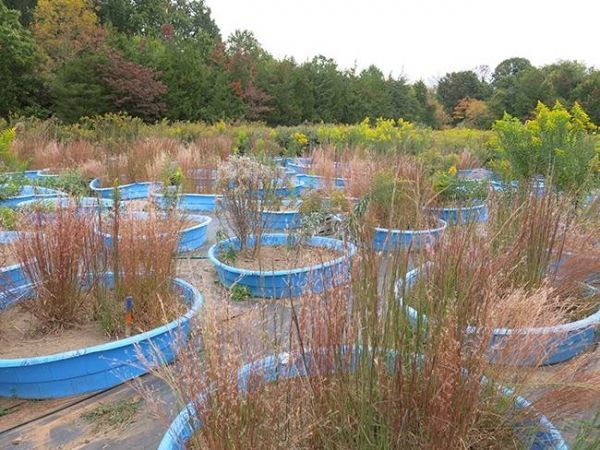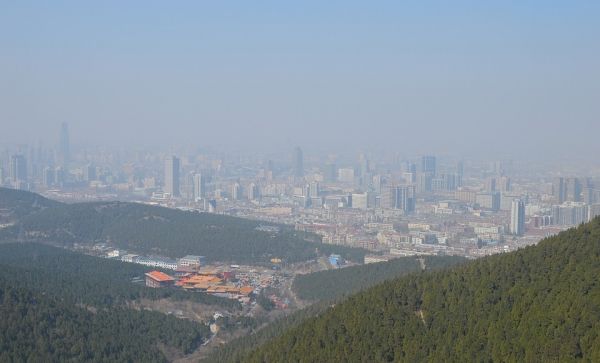
Climate change could speed the natural regrowth of forests on undeveloped or abandoned land in the eastern U.S., according to a new study.
If left to nature’s own devices, a field of weeds and grasses over time will be replaced by saplings, young trees and eventually mature forest. Earlier research has shown that this succession from field to forest can happen decades sooner in the southeastern U.S. than in the Northeast. But it wasn’t obvious why, especially since northern and southern fields are first colonized by many of the same tree species.
>> Read the Full Article

Of the four states of matter, gases are the hardest to pin down. Gas molecules move quickly and wildly and don’t like to be confined. When confined, heat and pressure build in the container, and it doesn’t take long before the gas blows the lid off the place, literally. Luckily, gases are superficial. Provide them with an attractive internal surface area, and they’ll pin themselves down in no time. No, it’s not love at first sight, it’s adsorption.
>> Read the Full Article
Water is a systemic risk to investors, as in many parts of the United States and other areas of the world this precious resource is in danger. Investors and market players should be deepening their research and investment process to tackle water risks, often hidden in holdings across all asset classes. As investors, how do we first protect our clients from these risks, and how do we position these same clients to benefit from the growth opportunities in companies that are providing innovative systems, products and services to solve water quantity, quality and resilience issues?
>> Read the Full Article

The hazes can be choking and can reduce visibility at noon to a few tens of yards. Fumes belch from factory chimneys, coal-fired power plants, heating systems in apartment blocks, and millions of road vehicles. When the weather traps smog in the streets, city hospital admissions soar and the morgues fill.
>> Read the Full Article

 ENN
Environmental News Network -- Know Your Environment
ENN
Environmental News Network -- Know Your Environment